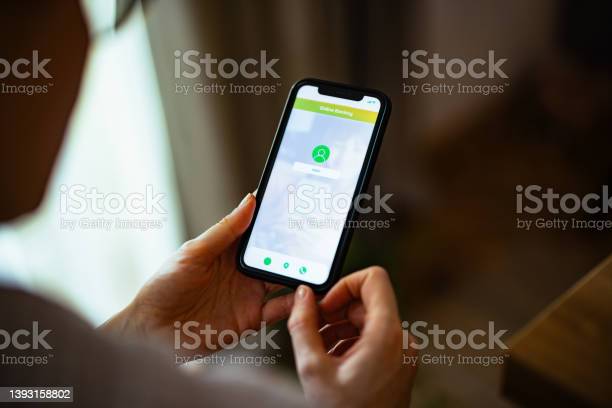
Ascendo Pte Ltd
- Address: 85, Playfair Road #06-02 Tong Yuan Industrial Building Singapore 368000
- Tel: +65 6741 1218
- Email: [email protected]
© 2025 Ascendo Pte Ltd. All Rights Reserved. Website By Creative eWorld Pte Ltd.

Based on IP Technology – Our IP nurse call system is based on advanced IP technology. Complete Electronic healthcare documentation– it represents an innovative version of nurse call systems in the world. Optimizes work processes in healthcare institutions and its expenses, relieves healthcare personnel and improving the work life , efficiency and quality of healthcare services. Compatible with any healthcare institution – Different System connection options allow for wide installation possibilities. It allows you to connect an existing nurse call system of any brand and use the existing installation of the building.
![]() Timely communication challenges hinder both patients and staff from promptly reaching the right personnel, resulting in frequent missed calls across various locations, and difficulties for patients and families in contacting staff members.
Timely communication challenges hinder both patients and staff from promptly reaching the right personnel, resulting in frequent missed calls across various locations, and difficulties for patients and families in contacting staff members.
![]()
Communication gaps persist among healthcare teams, affecting efficiency.
![]()
Information and notes are scattered across different platforms, leading to frequent errors during note copying and data entry.
![]() Nurses lack documented evidence of completing their duties
Nurses lack documented evidence of completing their duties
![]()
Excessive focus on documentation and administrative tasks detracts from patient care
NurseCare ensures immediate nurse alerts regardless of their location, enabling swift responses to calls within seconds. It also notifies other caregivers when a call has been answered, addressing the hospital’s need for a feedback mechanism during emergencies. The system efficiently routes calls to the nearest healthcare specialist, ensuring rapid response, and notifies all staff once the call is resolved. This functionality effectively addresses hospital challenges by informing the most suitable medical specialist of the emergency’s nature and location promptly, minimizing response delays and avoiding redundant efforts.
These services manage multiple events simultaneously, displaying them in priority order across devices. This capability effectively addresses the hospital’s challenge of managing and prioritizing call responses efficiently.
The NurseCare IP system integrates comprehensive management and documentation of patient services directly in their rooms using the NurseTab room touch display. This device offers crucial features such as staff identification through RFID ID cards, smartphones, special tags, or PIN codes. This ensures the system always knows which nurse is attending the patient, records response times, tracks duration spent in the room, and logs healthcare services provided.
NurseTab presents a customized list of healthcare services documented in the hospital’s Information System (HIS). Upon entering a room, nurses find patients preselected on the device with their healthcare plans displayed. They can efficiently perform and document tasks directly from the patient’s room, ensuring accurate and immediate recording of healthcare services. This streamlined process eliminates documentation errors, information loss, and the need for extensive document searches.
Moreover, data updates seamlessly synchronize with the existing Hospital Information System, preventing duplicate entries and saving nurses significant time previously spent on manual documentation and data entry. This system enhances efficiency, accuracy, and reliability in healthcare documentation at the point of care.
Nurse care devices play a crucial role in bridging the gap between nurses and patients, ensuring effective communication and timely assistance.
IP based modular touch-screen room terminal, located in every patient room

Features:
Emergency call activation.
Assistance requests.
Confirmation of staff presence.
ID-protected code blue calls.
Night checks of patients.
Nurse reminders setup.
Displaying calls from other rooms.
Room-specific speech connections to nurse stations or smartphone apps.
Selecting call reasons for future analytics.
Designed to enhance patient safety, optimize workflow, and improve communication within healthcare facilities
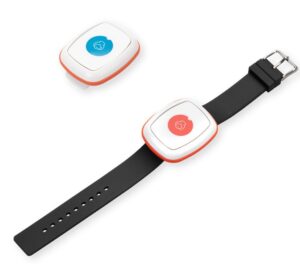 Wireless wristband and NurseTag with call button
Wireless wristband and NurseTag with call button
Wireless wristband transmitter with emergency call. With SOS safety bracelet the user can notify family and friends when help is needed.
Quick and easy one-click activation. Lightweight and easy to wear.
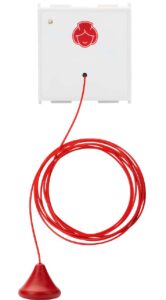
Pull Cord
Provide patients who are vulnerable or have limited mobility (e.g. a fall in the bathroom), with an immediate and accessible way to call for help.
This significantly contributes to patient safety and reduces response times in critical situations.
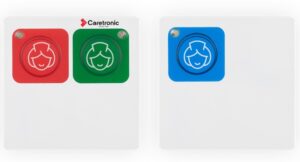
Call and Reset Button, Code Blue
Allow patients to summon assistance and staff to acknowledge or clear the alert. The “code blue” button specifically initiates a
high-priority emergency alert for immediate medical intervention, usually a doctor’s call.
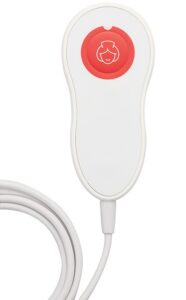
Peer-Push Button
Handheld call device, typically used by patients in bed, designed for easy activation to summon a nurse.
It’s connected to the system either wirelessly or via a plug, often incorporating additional features like light control for convenience.
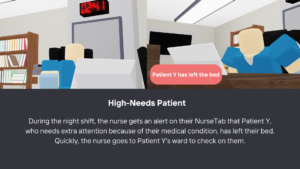
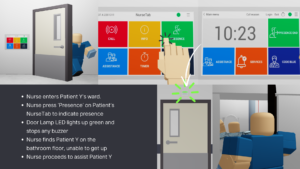
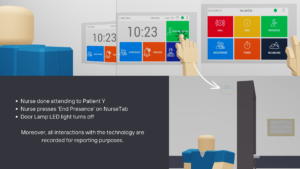
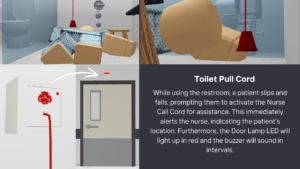
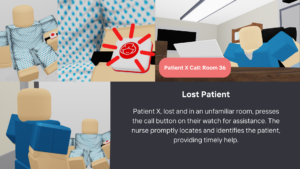
© 2025 Ascendo Pte Ltd. All Rights Reserved. Website By Creative eWorld Pte Ltd.

© 2025 Ascendo Pte Ltd. All Rights Reserved. Website By Creative eWorld Pte Ltd.